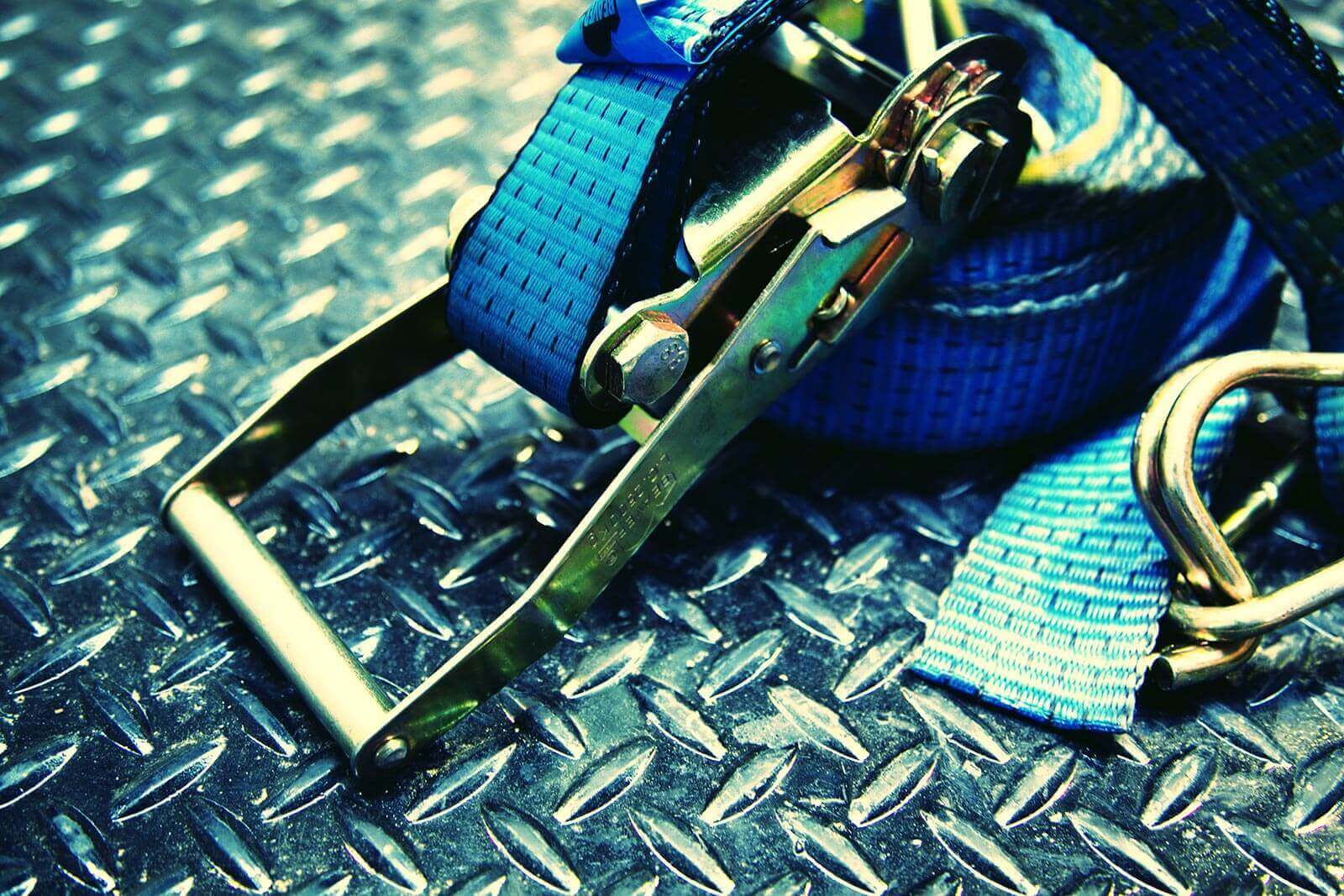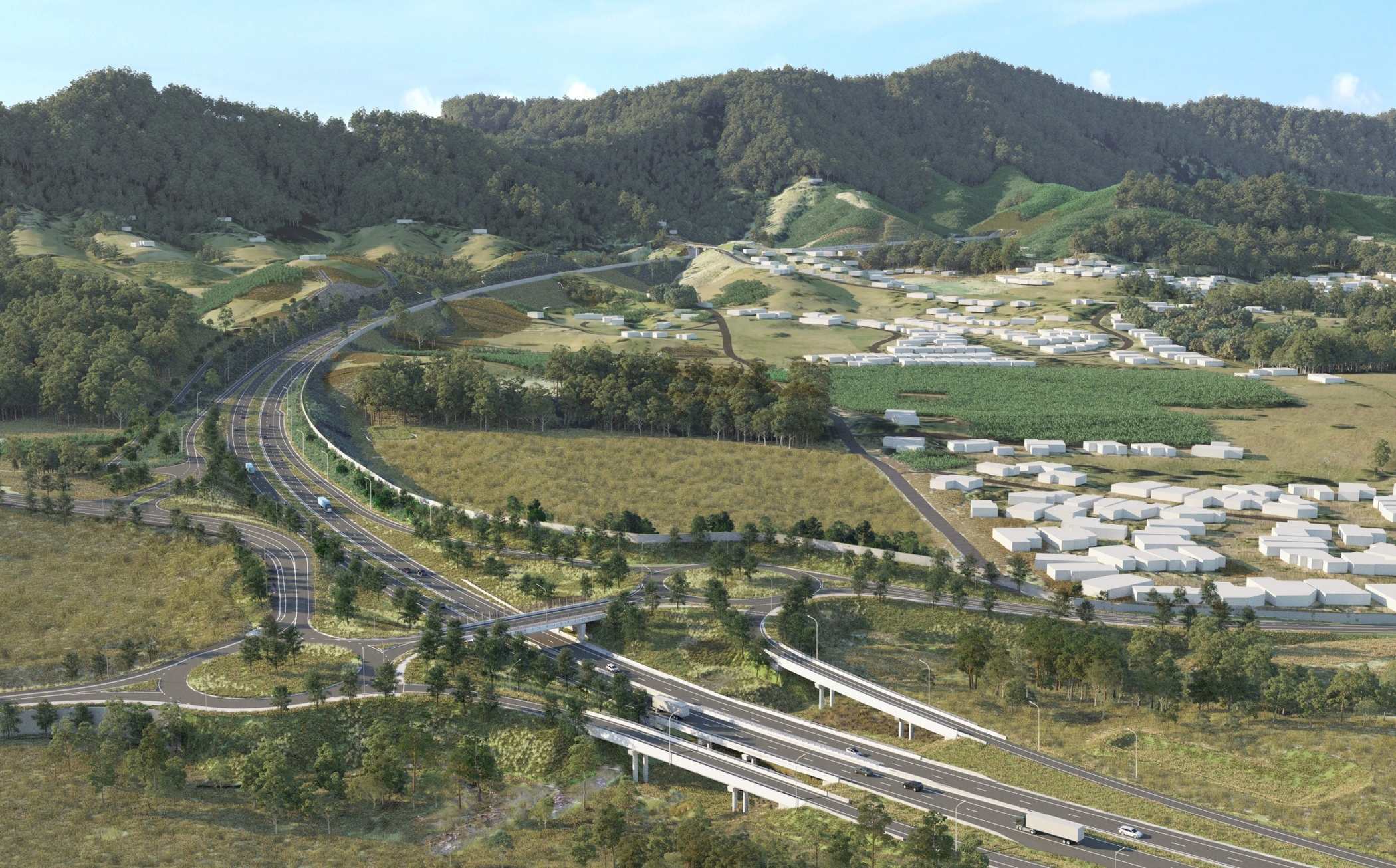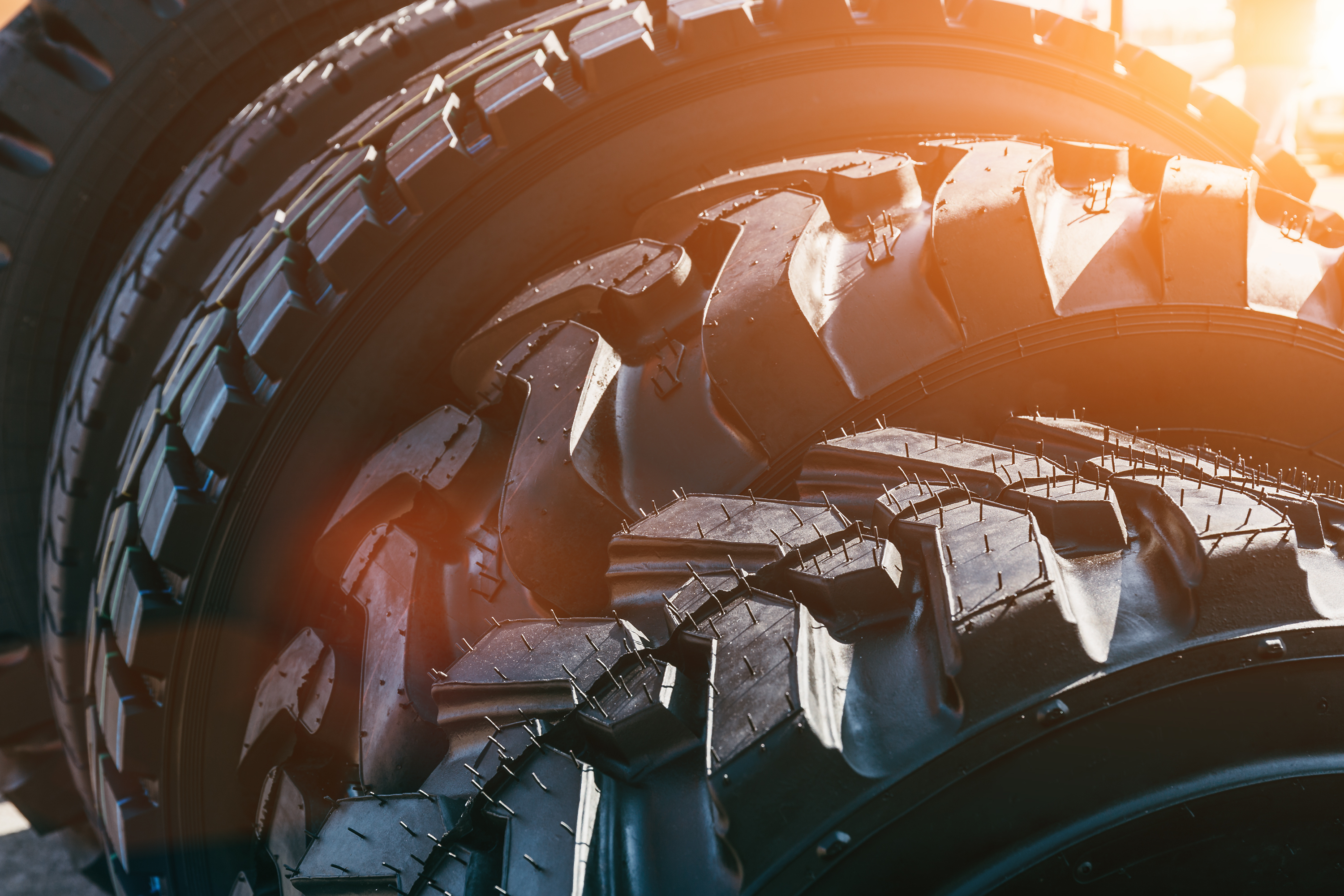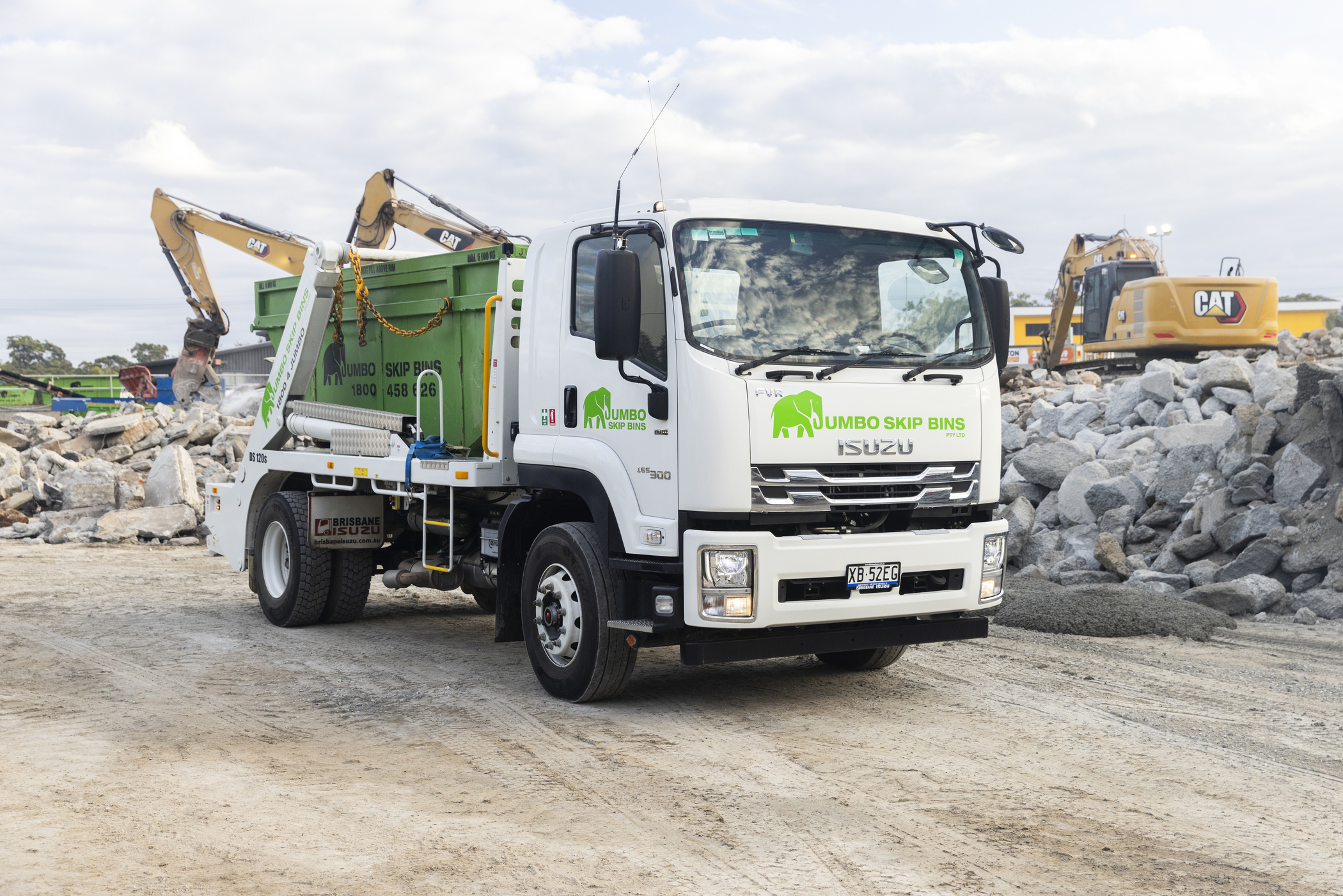SAFE AND SECURE: RESTRAINING YOUR LOAD

 Driving freight day after day, it’s easy to get complacent when checking your load is secure: Stacked. Strapped. Latched. Tick. But the effects of correctly securing freight can ripple down to save your business serious money and even save lives.
Driving freight day after day, it’s easy to get complacent when checking your load is secure: Stacked. Strapped. Latched. Tick. But the effects of correctly securing freight can ripple down to save your business serious money and even save lives.
The Risks
Every year, Australians are injured or killed in crashes resulting from unsecured or unsafe loads. Insecure or projecting loads accounted for 25 per cent of equipment factors for heavy trucks involved in single vehicle crashes in NSW 2010-2012. And during the same period, the U.S. saw 440 deaths due to unsecured loads. Contributing factors like other drivers’ behaviour, violent weather changes and emergency conditions are outside your control. But putting half a tonne of bouncing freight behind you is a quick way to make things worse. Restraining your load against speed changes, braking, cornering, airflow and rough or sloping roads simply takes a little extra care and preparation. Performing these checks and balances is now more important than ever, as new regulations mean you may be liable for any incident or breach – no matter where you fit in the loading sequence.
Obligations / Regulations
Chain of Responsibility means everyone involved in loading a vehicle with a Gross Vehicle Mass over 4.5 tonnes, from consignment to reception, shoulders some of the blame for any infringements incurred. The law doesn’t yet apply in the Northern Territory, but in Western Australia it also extends to light vehicles (GVM of 4.5 tonnes or less). As such, everyone has a stake in ensuring:
- the load is restrained using correct structures, attachments and equipment, and safe operating procedures
- the vehicle is a suitable design with adequate load-carrying capacity and sufficient space to avoid overhang etc
- the structure, attachments and equipment are in good working order and suitable for application, and
- the restraint equipment is released and removed using safe operating procedures and the load safely removed from the vehicle.
In a large fleet, you’ll need to ensure you have proper loading procedures in place and that every team member follows them. If you’re an owner operator, or running a small business with a handful of trucks, you’ll probably want to take an even more hands on approach.
Effects of Unsafe Loading
Keeping a keen eye on your loading practices is a good idea from a legal standpoint, but it also makes good business sense. Beyond the horrific, worst case scenario of killing or injuring another motorist, unrestrained freight is like loose change, ready to spill out of your pocket the moment you’re in a rush. Damage to property – yours and other people’s – serious accidents such as rollovers, and breakdowns caused by incorrectly-loaded trucks, can lead to significant costs. And ignoring safety guidelines and recommended loading procedures may void your warranty and insurance, leaving you holding the full bill. That’s before you even consider the fines…
Penalties
The possibility of serious injury and/or property damage means the authorities take regulation breaches very seriously. Actual dollar amounts will vary state to state but can be up to $10,000, while serious breaches or incidents can quickly spiral into exorbitant court costs and harsher penalties.
Positioning Your Load
There are endless ways to position a load unsafely. The most common problems – ones that don’t involve haste or laziness – are due to people failing to account for the physics at play. Example: if a load falls off a vehicle travelling at 100 km/h and is hit by a vehicle travelling in the opposite direction at 100 km/h, it will have the same impact as if the load hit a stationary vehicle at 200 km/h. Multiple forces are operating on your load every time you drive. Multiple forces mean thinking multi-directionally! The higher your load’s centre of gravity is, the lower the cornering speed required for the whole truck to become unstable and potentially overturn. Set the centre of gravity as low as possible and try not to offset to one side of the vehicle. Ensure you load heavy objects first and place them as close to the centre line of the vehicle as possible. And allow for proper weight distribution over the axles. There needs to be enough weight on both axles to allow traction, while maintaining the correct balance. Tie it too far forward and you’ll put stress on the steer axle. There are also mass limits for each axle set that need to be adhered to. Ensure that you follow the manufacturer guidelines and stay within the specified weight limits for each axle set.
Dos and Don'ts
Here are a few simple guidelines to follow with each load. Do:
- Check the weight to be carried
- Ensure your vehicle’s load space and loading deck are suitable for the load type and size
- Position the load evenly
- Consider repositioning once the vehicle is partially loaded and during unloading
- Provide extra restraints for tall loads
Don't:
- Overload your vehicle or its individual axles
- Load your vehicle too high
- Overload the steer axle by placing the load too far forward
- Overload the rear axle(s) by placing the load too far back
- Allow the load to move and as a result project dangerously towards the cabin or outside the vehicle under heavy braking or sudden vehicle movement
- Place rectangular dunnage (wood, pallets and other loose materials used to keep your load in position) on its side as it may fall over
Load regulations for the Australian Capital Territory, New South Wales, Queensland, South Australia, Tasmania and Victoria can be found here. Northern Territory lists the required standards for safe load restraint and Western Australia has extensive information in its Chain of Responsibility section. You can read the full National Transport Commission and Roads and Traffic Authority NSW Load Restraint guide here.


Playtime’s over, get $3,500* to spend on extras.
If you’re ready to get serious about tackling bigger jobs, grab yourself an NLR 45-150 AMT SWB Traypack from the Ready-to-Work range for $62,990 drive away*. And to prove we aren’t playing, buy any NLR Traypack before June 30 and you’ll get $3,500* to spend on genuine accessories or an Essentials service agreement.
Learn more



